Cubicle 7 Discuss How Tests Work In Age Of Sigmar: Soulbound
May 21, 2019 by brennon
We're getting into the nitty-gritty of how the game works now as Cubicle 7 discuss more on Age Of Sigmar: Soulbound, their new role-playing game which is on the horizon. This week saw them delving into how tests work.
Tests in Soulbound are very simple to understand and are derived from both the player's Attributes and their Skills. You will create pools of dice before each Simple or Complex test and look to score a success or number of successes in order to pass.
For a simple test, much like with games like World Of Darkness, the GM will ask the player to make a test based on the relevant Attribute (Body, Mind, Soul) and any Skill if applicable. Here is the example that Cubicle 7 shared...
"Example: Ímren, an Isharaan Tidecaster, is inspecting an ancient Agloraxian device buried deep underground. She wants to try to understand what the device was used for so the GM tells her she must make a Test. The GM decides that inspecting the device uses the Mind Attribute and that the Arcana Skill is appropriate. Knowledge of the Agloraxian Empire is hard to come by so the GM determines the difficulty of the Test is 5. The GM tells Ímren she must make a DN 5 Mind (Arcana) Test."
Simple Test difficulty ranges from between two (easy) and six (tough) with four being the average level of test that you'll be asked to achieve. If you get any result that matches the required test (in the above case, five) then you pass the test.
Any extra successes beyond the first give the GM some room to either provide you with extra information and bonuses.
Complex Tests are very similar to Simple Tests but instead of just requiring you to score one success from your dice pool, they need you to hit a specific number of successes.
"Example: Ímren has managed to reactivate the Agloraxian device. Unfortunately, it has caused the ancient structure to crumble and begin to fall apart. She and her companions race for the exit, hoping to avoid being sealed inside a tomb. Vel Arturious, the Knight-Questor, reaches the exit first. She tells the GM that she wants to hold the archway up so that her allies can escape. The GM tells her that she is going to have to keep it up for a number of rounds while the others flee. The GM calls for a DN 3:3 Body (Might) Complex Test– the task is not difficult (DN 3) but it does take time (3 successes)."
As you can see here, the difficulty of the test is lowered but the required amount to pass the test would be three successes of three-plus from the dice pool.
This all seems to be very quick and easy to get stuck into with results immediately apparent before you, be they successes or failures. It also means that GMs are going to have lots of fun exploring the ways they can give players more rewards for rolling well. It's nice to see the game being positive rather than simply punishing...although I'm sure folks can come up with some interesting ideas for both!
I'm very much looking forward to seeing how opposed tests work for combat and group tests too.
What do you reckon to the mechanics so far?
"I'm very much looking forward to seeing how opposed tests work for combat and group tests too..."
Supported by (Turn Off)
Supported by (Turn Off)
Supported by (Turn Off)

































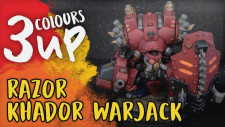
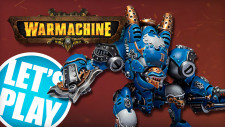






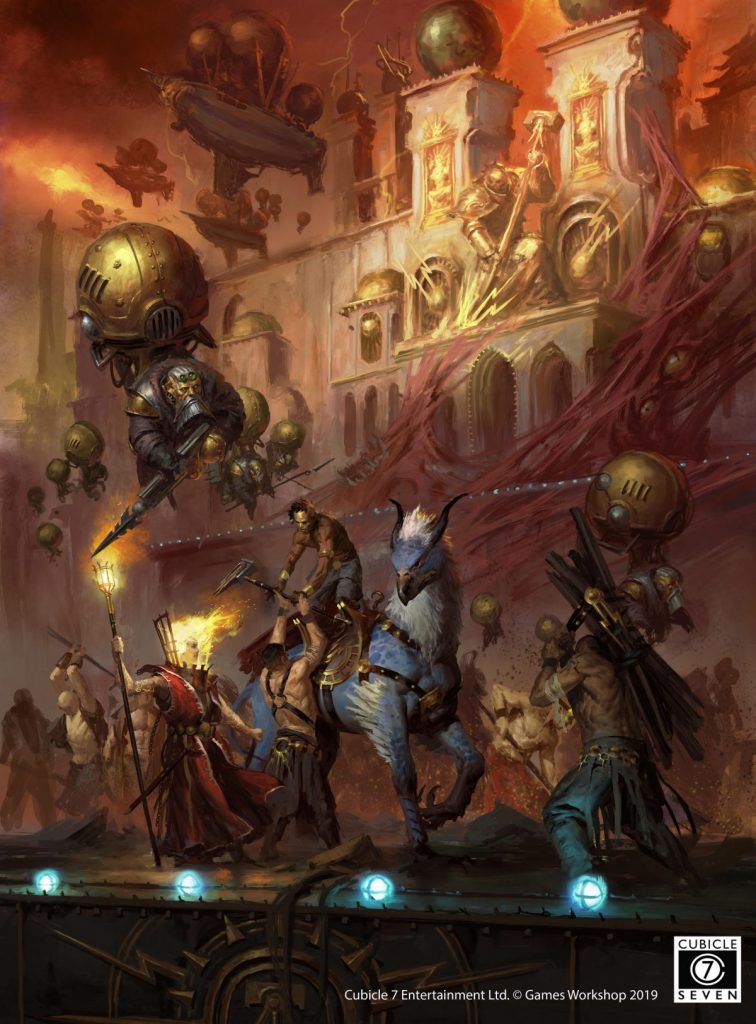



























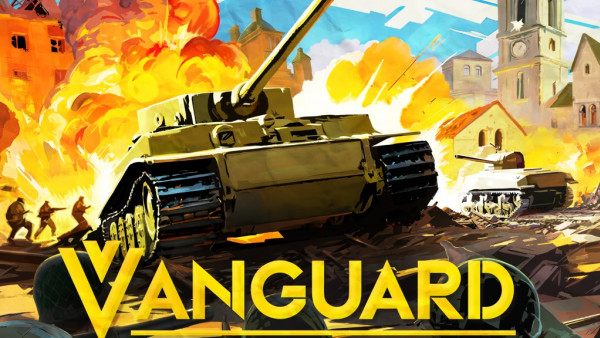
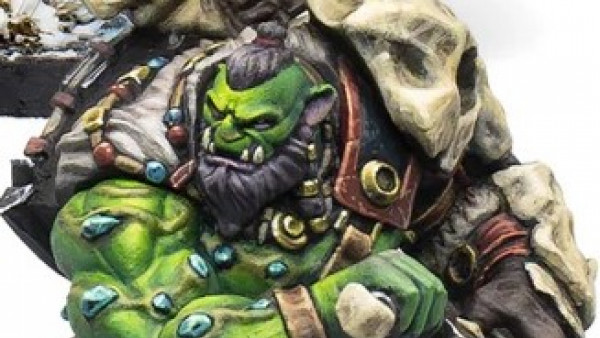
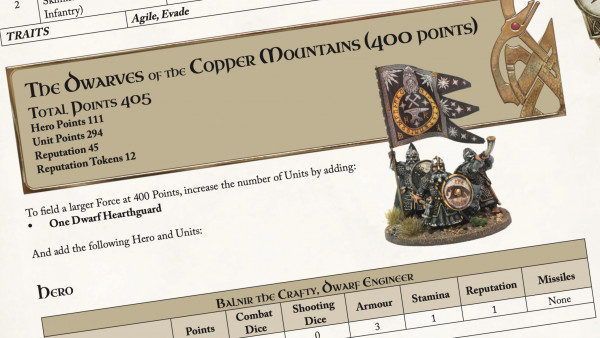

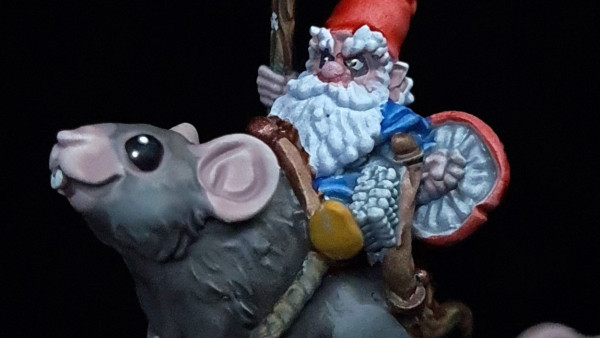


Sounds nice and quick. My main role-playing experience is with WFRP 3e and while I do like the dice system that used, sometimes it can get laborious.
Haven’t delved into AoS too much but I just read Gates of Azyr and I have all 10 Realm Wars novels lined up to get to grips with the setting and lore.
I’m really looking forward to seeing the world development in this book…and the idea of more ‘heroic’ level characters too!
Definitely. I’ve played quite a bit of D&D and while I like the heroic characters I’ve always struggled with the setting. Never really got to grips with it.
Yeah looks like a good balance between a WoD/CofD like system and the one used for Wrath and Glory.